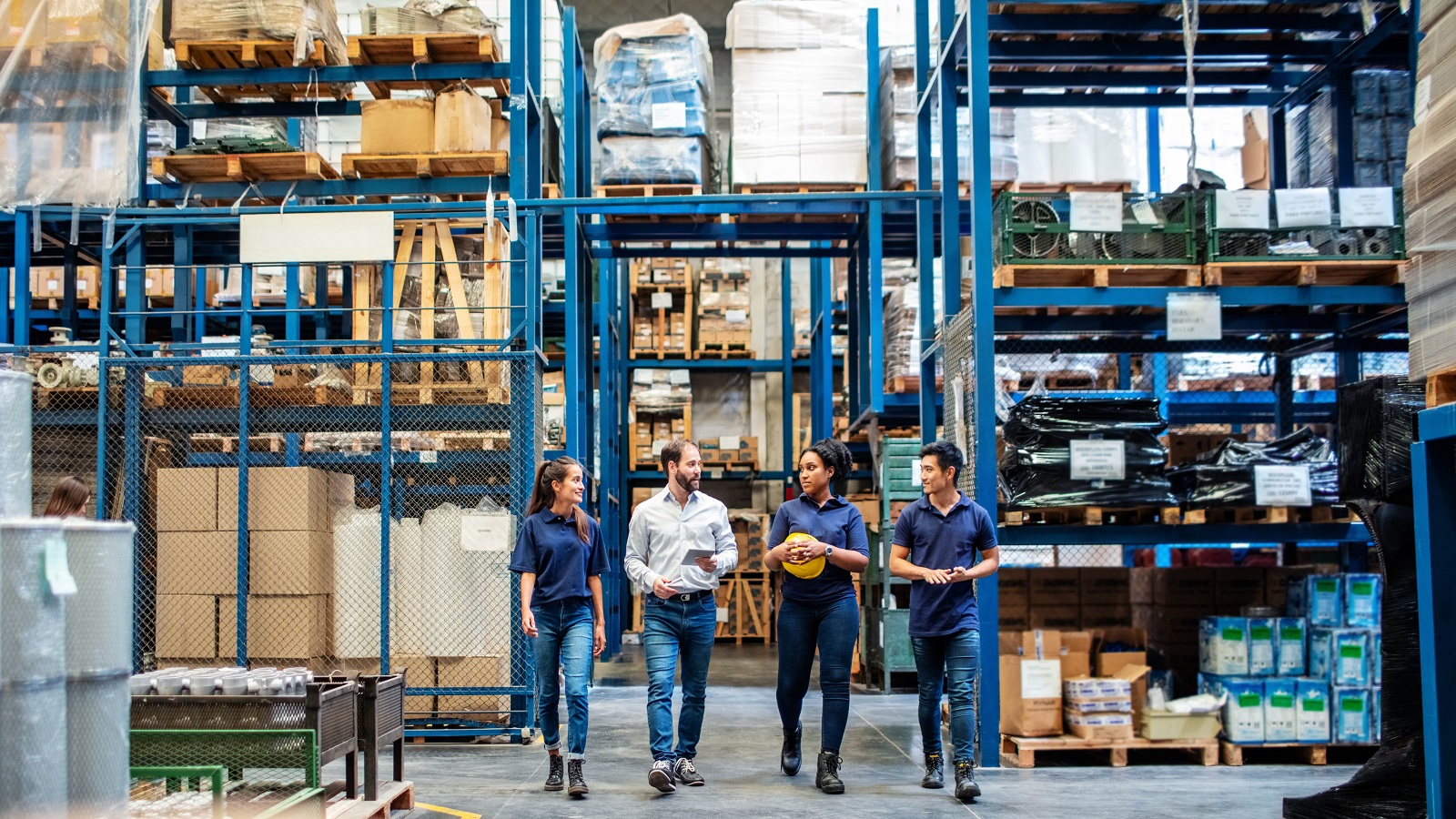
Supply chain managers are facing new and varied challenges in the warehouse: performance, flexibility, volume variations and increased complexity and frequency of orders. Electronic commerce has also given rise to new parameters such as customization, terms or volatility, which require great organizational agility. RMS offers an efficient response that combines the excellence of fulfilling the promise to the client with the optimization of all the costs of the supply chain, both human and material.
As it is a single solution that simultaneously offers analysis and resource planning functionalities, Resource Management System (RMS) it becomes a new tool to improve performance for the warehouse. The solution is available in SaaS mode and can be easily integrated with all WMS solutions available on the market.
Anticipate resource needs to reduce costs
Increasingly unpredictable orders, absenteeism and recruitment difficulties are some of the challenges that warehouses face and which clearly have an impact on their productivity and costs. Meeting the growing demand for new and more personalized services requires great flexibility, both in terms of operators and production resources. It is urgent that warehouse managers anticipate their resource needs, taking into account both the capacity of their staff and the volumes of work expected for each day.
It is the only way to efficiently manage the available resources. These needs force them to decide and anticipate workloads and capacities as accurately as possible, as well as have good visibility into their daily needs. RMS enables logistics managers maximize your resources by being able to measure their productivity, plan and increase the commitment of their teams, all with a single tool.
Measure productivity to optimize resources
The combination of labor management and resource planning functions in a single solution enables optimal management of production logistics resources in warehouses, which are becoming larger and more automated. With the RMS solution, it is possible to automate the forecasting and organization of human and material resources, so that before investing in new equipment, the managers of the centers can be sure that they are getting the most out of the resources they already have.
RMS defines and automates load plan updates as granularly as needed: by task, by day, or even by hour. Calculate the average time needed to complete the workload for each shift (receiving, order picking, packaging) and, of course, takes into account working conditions and employee profiles to adapt the rules and set targets. Finally, it measures the productivity of the operators, taking into account the execution context, to feed the HR tools.
Develop the versatility of operators to achieve more flexible warehouses
With more and more references, unitary preparations and new services, it is essential to improve the capacity of the available resources to easily and quickly move from one task to another. With RMS it is possible to plan the allocation of your resources, both human and material, dynamically and in real time.
Artificial intelligence adds a layer of automation to the decision-making process: it anticipates the workloads to be executed and optimizes the distribution of resources, while adapting to the specifics of each warehouse, its objectives and its limitations.
Some warehouses have 50% absenteeism rates so calculate actual capacity and optimize the use of available labor on a daily basis It is a major challenge, especially in very large centers.
The versatility of the resources is presented as an important asset to increase flexibility and productivity, taking into account planning and individual performance per shift. RMS allows operators to move from one job to another during the same shift and perform different tasks, reducing fatigue and repetitive tasks. The results: increased productivity, smarter scheduling for employees, daily management of worker absences, and a 50% increase in the reliability of capacity forecasts.
Better attract, hire and retain employees, reinforcing brand excellence
Salary conditions are no longer a sufficient incentive to retain employees. For this reason, the attractiveness of workplaces and the diversity of the functions carried out constitute an attraction factor and an important challenge for both managers and those responsible for human resources. The talent retention It also avoids the high costs involved in the use of temporary workers and the training of new personnel.
In addition, it is important address other issues such as managing shifts with physical tasks and the general prevention of occupational accidents and illnesses. Thanks to the RMS solution, which dynamically assigns tasks to operators and objectively and transparently measures their performance, both individually and collectively, warehouses are able to reinforce their attractiveness by facilitating knowledge of real performance and learning curves. In this way, staff can be objectively rewarded and their motivation and loyalty can be increased by up to 20%.
Another factor to take into account is gamification. People like to participate in challenges. Participating in challenges keeps us energized and motivated, and allows for more accurate activity tracking. RMS measures instantaneous productivity against a target.
«Today, logistics managers face a major challenge: accurately anticipate what they will be able to produce in the next hours, days, months. How much would it cost, for example, to consider new products, customers, etc. in an existing logistics unit, while ensuring the loyalty of the teams to the position? Warehouses have to be more flexible to meet their objectives and anticipate and plan the allocation of their resources. With its data analysis, load calculation and forecasting, planning and simulation services, RMS helps supply chain managers on a daily basis. The solution is also a way of making the most of existing resources before embarking on more complex and costly projects involving the integration of new means of production, such as robots or automata, for example.” Explain Nicolas Picquerey, Director of Solutions and Services of Generix Group.



